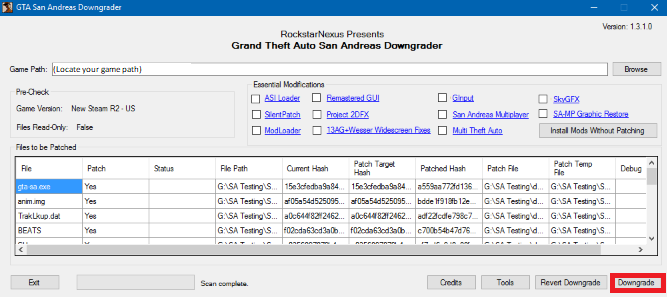
 Delay – notification of a delayed deliveryĭefines the level of priority of the message. OnFailure – notification of an unsuccessful delivery. OnSuccess – notification of a successful delivery. None – notifications are off (default parameter). The sender(s) specified in the Form parameter will be notified on the email delivery. Here is what you can make use of: ParameterĮmail address of a recipient or recipientsĮmail address of a BCC recipient or recipientsĮmail address of a CC recipient or recipientsĭefines that email body text contains HTMLįilenames to be attached and the path to themĪuthentication to send the email from the account Also, you can send emails to multiple recipients by specifying them in the corresponding parameter. Yes you can! Send-MailMessage lets you pump up your email with the many parameters including HTML content, priority, and so on. Can I send an HTML email or an email with attachments from PowerShell to multiple recipients? Check your Demo inbox and find your message. Fill them in with those of Mailtrap, and that’s it. Once you copy and paste this script to PowerShell and hit enter, a window requesting SMTP credentials (username and password) will pop up. Learn why in our blog post Why Using Dummy Email for Testing Just Doesn’t Work. Alternatively, you can use a dummy email, but it can be a poor testing practice. You don’t have to deal with actual email to test the email workflow. And that’s one of the benefits of using a fake SMTP server. The addresses of the recipient and the sender are not real, as you might have guessed.
Delay – notification of a delayed deliveryĭefines the level of priority of the message. OnFailure – notification of an unsuccessful delivery. OnSuccess – notification of a successful delivery. None – notifications are off (default parameter). The sender(s) specified in the Form parameter will be notified on the email delivery. Here is what you can make use of: ParameterĮmail address of a recipient or recipientsĮmail address of a BCC recipient or recipientsĮmail address of a CC recipient or recipientsĭefines that email body text contains HTMLįilenames to be attached and the path to themĪuthentication to send the email from the account Also, you can send emails to multiple recipients by specifying them in the corresponding parameter. Yes you can! Send-MailMessage lets you pump up your email with the many parameters including HTML content, priority, and so on. Can I send an HTML email or an email with attachments from PowerShell to multiple recipients? Check your Demo inbox and find your message. Fill them in with those of Mailtrap, and that’s it. Once you copy and paste this script to PowerShell and hit enter, a window requesting SMTP credentials (username and password) will pop up. Learn why in our blog post Why Using Dummy Email for Testing Just Doesn’t Work. Alternatively, you can use a dummy email, but it can be a poor testing practice. You don’t have to deal with actual email to test the email workflow. And that’s one of the benefits of using a fake SMTP server. The addresses of the recipient and the sender are not real, as you might have guessed. 
Here, we’ve just specified the SMTP host. Find SMTP credentials and tweak the script like this: Send-MailMessage -To -From -Subject “Hey, Jon” -Body “Some important plain text!” -Credential (Get-Credential) -SmtpServer “” -Port 587

Mailtrap will help us to check whether it works. Then copy-paste this script to your PowerShell and press enter. Send-MailMessage -To “” -From “” -Subject “Your message subject” -Body “Some important plain text!” -Credential (Get-Credential) -SmtpServer “” -Port 587Īll you need is to insert the email address of a sender and a recipient, as well as specify the SMTP server you’re going to use. Here is a one-line script based on the Send-MailMessage cmdlet you can use right now to send an email from PowerShell using SMTP protocol. The simplest script to send an email with PowerShell And today, we’ll talk about Send-MailMessage, a cmdlet to send emails from PowerShell, as well as other ways to handle this. At the same time, it is a scripting language that allows you to tailor cmdlets – lightweight commands to perform specific functions. Windows PowerShell is mostly known as a command-line shell used to solve some administration tasks in Windows and apps running on this OS.







 0 kommentar(er)
0 kommentar(er)
